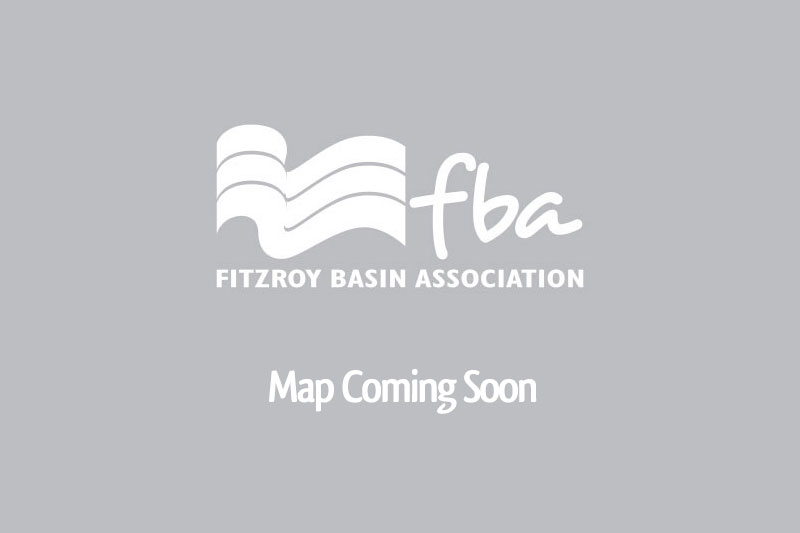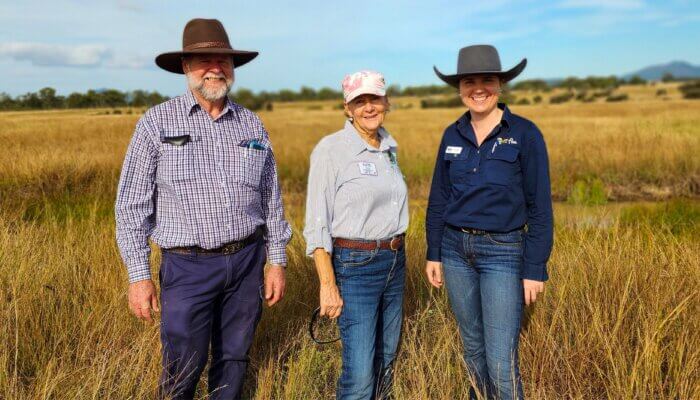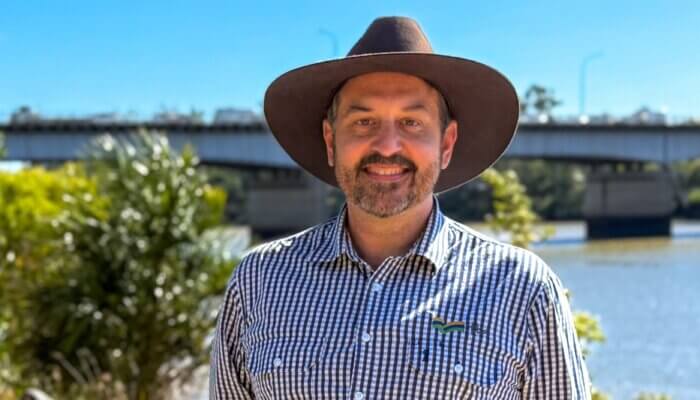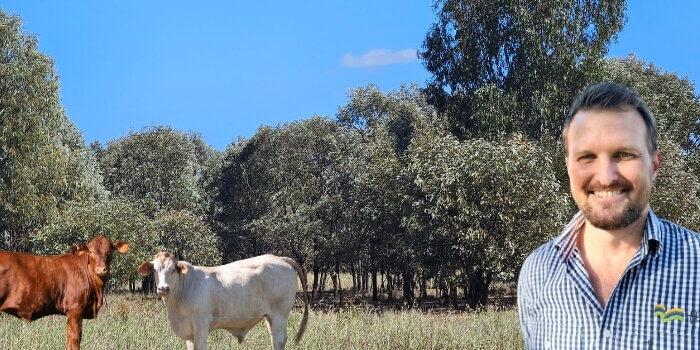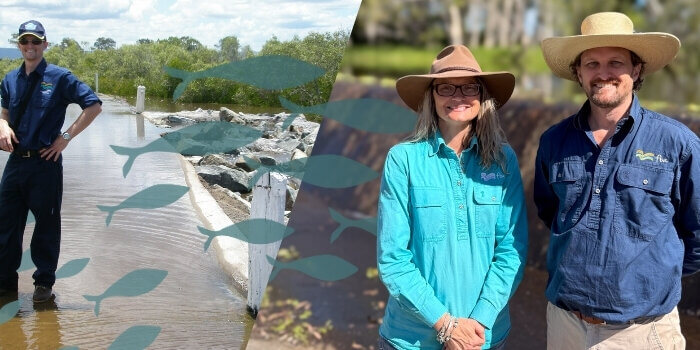Local projects improve water quality, protect Reef
Local projects improve water quality, protect Reef
There are many stories of great projects that help protect the Great Barrier Reef while increasing an enterprise’s profitability and productivity. Here we share those stories: highlighting successes, sharing lessons learnt and celebrating the achievements of those who decided to make a difference.
Peak Vale
Since starting their enterprise in 1997, Chris and Nina Hensley have progressively developed each of their properties to rotate cattle, rest paddocks and fence creeks. However, it wasn’t until about 2006 that they first heard about funding to improve grazing operations while protecting creeks and reducing sediment reaching the reef. Read the Peak Vale case study.
Warwick Park
Installing riparian fencing and creating smaller paddocks is just one part of graziers Jim and Janet Curran’s long-term plan to overhaul their stock management methods. It seems a simple change and the Currans are already reaping the benefits. Read the Warwick Park case study.
Hiddenvale
To Wandoan grain grower Russell Ezzy, converting his enterprise from conventional tillage to zero-till with fully controlled traffic is a long-term commitment with potentially significant rewards. Read the Hiddenvale case study.
Walm-ley
When Sue and David Walmsley purchased Walm-ley in 2009, it was in poor condition. It was clear its condition had to improve so the Walmsleys’ grazing business would be sustainable, and their valuable soil would not be washed away and onto the Great Barrier Reef. Read the Walm-ley case study.
Gunnado
When Brian Hay and his wife Lynne completed Grazing Best Management Practices (Grazing BMP) in 2013, they were pleased to discover that their land management plan for Gunnado, their 33,800 hectare cattle property 77 kilometres west-north-west of Taroom, was heading in the right direction. Read the Gunnado case study.
Eric Coleman
For seed sweet potato grower Eric Coleman, applying lessons learnt from grain growers has allowed him to improve his profitability by reducing his need for herbicides while also decreasing the amount of run-off generated by his farm. Read Eric Coleman’s case study.
Emerald Agricultural College
When Emerald Agricultural College livestock manager Andrew Lewis approached CHRRUP and Fitzroy Basin Association Inc. (FBA) to apply for funding through the Australian Government’s Reef Programme, he knew the small project had the potential to influence a new generation of graziers across Australia. Read the Emerald Agricultural College case study.
Muidart
Making the most of the land he manages is the key to running a successful enterprise, according to Andrew Wedel. Together with his wife Priscilla, Andrew runs Muidart, a mixed enterprise property about 25 kilometres west of Dysart. Andrew and his family have continued to improve his land management techniques and increase his profitability over the past seven years. Read the Muidart case study.
Radleigh
When Kellie Humble’s father Rob Jenkinson tragically lost his life while retrieving cattle from a neighbouring paddock, it could have also meant the end of his improvement plans for Radleigh, the property he owned with wife Julie. Instead, Kellie and her husband Glen are continuing his legacy by taking over Radleigh’s management. Together with Julie, they are implementing Rob’s plans for the 6028 hectare cattle property, 12 kilometres south-west of Ubobo. Read the Radleigh case study.
Leichhardt
The annual rainfall at Brian and Judy Pownall’s property Leichhardt, located roughly 25 kilometres east of Dysart, is just 600 mm. However, a month after installing new contour banks in their cultivation areas, they received almost all their annual rainfall in just 10 days. Despite the deluge, the new contour banks held, proving their value and ensuring valuable soil and moisture was not washed away into the local creek after the downpour. Read the Leichhardt case study.
Ambleside
Being able to easily demonstrate that they are managing their grazing enterprise in a way that protects the environment, ensures their cattle are healthy and meets workplace health and safety obligations was a driving factor for Richard and Adele Acton’s decision to complete Grazing Best Management Practice (Grazing BMP) and become Accredited Producers. Read the Ambleside case study.
Cowal Agriculture
Many people drive through farming landscapes without realising the important role bushland lagoons play in improving water quality. This is not the case for Cowal Agriculture’s Hamish Millar and Greg Kauter. Read the Cowal Agriculture case study.
Stonehaven
Dan Burnham is a fifth generation grazier, but even with his background and grazing blood, he believes there’s always more to learn, more profitable ways to graze and more country to protect. Read the Stonehaven case study.





